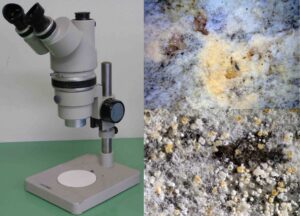Animals / Dairy Nutrition
March 18, 2024
No Comments
March 18, 2024
78 Comments
March 16, 2024
No Comments

Dairy Animals Nutrition
TYPES OF FEED MICROSCOPY
Thank you for reading. Don’t forget to subscribe & share! Feed microscopy involves the examination of feed samples under a microscope to analyze their physical and biological characteristics. Different types of microscopy techniques can be used to study various aspects
Thank you for reading. Don't forget to subscribe & share!
March 16, 2024
28 Comments
Characteristics of Poultry Ration
Poultry rations, also known as poultry diets or feeds, are carefully formulated to meet the nutritional requirements of poultry species such as chickens, turkeys, ducks, and quails. The characteristics of poultry rations are determined by various factors, including the age,
March 16, 2024
No Comments
March 15, 2024
No Comments



